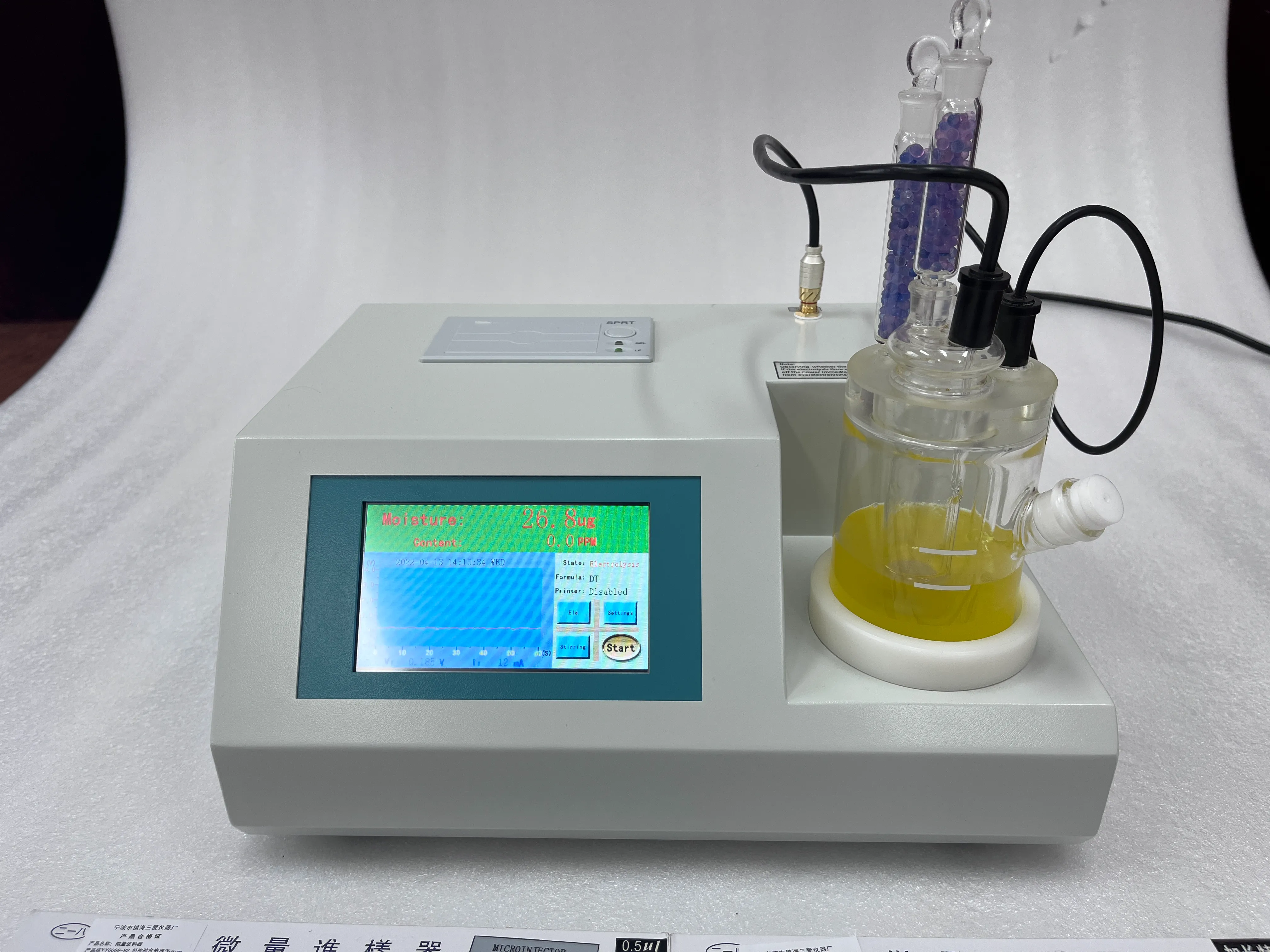 English
English



-
 Afrikaans
Afrikaans -
 Albanian
Albanian -
 Amharic
Amharic -
 Arabic
Arabic -
 Armenian
Armenian -
 Azerbaijani
Azerbaijani -
 Basque
Basque -
 Belarusian
Belarusian -
 Bengali
Bengali -
 Bosnian
Bosnian -
 Bulgarian
Bulgarian -
 Catalan
Catalan -
 Cebuano
Cebuano -
 China
China -
 China (Taiwan)
China (Taiwan) -
 Corsican
Corsican -
 Croatian
Croatian -
 Czech
Czech -
 Danish
Danish -
 Dutch
Dutch -
 English
English -
 Esperanto
Esperanto -
 Estonian
Estonian -
 Finnish
Finnish -
 French
French -
 Frisian
Frisian -
 Galician
Galician -
 Georgian
Georgian -
 German
German -
 Greek
Greek -
 Gujarati
Gujarati -
 Haitian Creole
Haitian Creole -
 hausa
hausa -
 hawaiian
hawaiian -
 Hebrew
Hebrew -
 Hindi
Hindi -
 Miao
Miao -
 Hungarian
Hungarian -
 Icelandic
Icelandic -
 igbo
igbo -
 Indonesian
Indonesian -
 irish
irish -
 Italian
Italian -
 Japanese
Japanese -
 Javanese
Javanese -
 Kannada
Kannada -
 kazakh
kazakh -
 Khmer
Khmer -
 Rwandese
Rwandese -
 Korean
Korean -
 Kurdish
Kurdish -
 Kyrgyz
Kyrgyz -
 Lao
Lao -
 Latin
Latin -
 Latvian
Latvian -
 Lithuanian
Lithuanian -
 Luxembourgish
Luxembourgish -
 Macedonian
Macedonian -
 Malgashi
Malgashi -
 Malay
Malay -
 Malayalam
Malayalam -
 Maltese
Maltese -
 Maori
Maori -
 Marathi
Marathi -
 Mongolian
Mongolian -
 Myanmar
Myanmar -
 Nepali
Nepali -
 Norwegian
Norwegian -
 Norwegian
Norwegian -
 Occitan
Occitan -
 Pashto
Pashto -
 Persian
Persian -
 Polish
Polish -
 Portuguese
Portuguese -
 Punjabi
Punjabi -
 Romanian
Romanian -
 Russian
Russian -
 Samoan
Samoan -
 Scottish Gaelic
Scottish Gaelic -
 Serbian
Serbian -
 Sesotho
Sesotho -
 Shona
Shona -
 Sindhi
Sindhi -
 Sinhala
Sinhala -
 Slovak
Slovak -
 Slovenian
Slovenian -
 Somali
Somali -
 Spanish
Spanish -
 Sundanese
Sundanese -
 Swahili
Swahili -
 Swedish
Swedish -
 Tagalog
Tagalog -
 Tajik
Tajik -
 Tamil
Tamil -
 Tatar
Tatar -
 Telugu
Telugu -
 Thai
Thai -
 Turkish
Turkish -
 Turkmen
Turkmen -
 Ukrainian
Ukrainian -
 Urdu
Urdu -
 Uighur
Uighur -
 Uzbek
Uzbek -
 Vietnamese
Vietnamese -
 Welsh
Welsh -
 Bantu
Bantu -
 Yiddish
Yiddish -
 Yoruba
Yoruba -
 Zulu
Zulu
Understanding the Functionality and Benefits of Tap-Changing Transformers in Power Systems
Tap-Changing Transformers An Overview
Tap-changing transformers play a crucial role in the electrical power distribution and transmission systems. They are designed to manage voltage levels and maintain system stability by adjusting the transformation ratio. In this article, we will explore the operational principles, types, advantages, and applications of tap-changing transformers.
Understanding Tap-Changing Transformers
A tap-changing transformer is equipped with multiple tapping points on its windings. These taps are connected to a mechanical switch that can select different voltage levels according to the demand. This enables the transformer to either increase the voltage during periods of low demand or decrease it during periods of high demand. The ability to adjust the output voltage in real-time makes tap-changing transformers essential for maintaining the quality of power supply.
Types of Tap-Changing Transformers
There are two main types of tap-changing transformers on-load tap-changing transformers (OLTC) and off-load tap-changing transformers.
1. On-load Tap-Changing Transformers (OLTC) As the name suggests, OLTCs allow for voltage adjustment while the transformer is energized. This characteristic is important in applications where voltage fluctuations occur frequently. OLTCs use a sophisticated mechanism, including control systems and sensors, to monitor voltage levels continuously and adjust taps without interrupting the power flow.
2. Off-load Tap-Changing Transformers In contrast to OLTCs, these transformers require de-energization to change taps. They are typically employed in less critical applications or where voltage changes are relatively infrequent. While they are simpler and usually less expensive than OLTCs, their inability to adjust under load limits their application range.
Advantages of Tap-Changing Transformers
The integration of tap-changing transformers in power systems offers several advantages
1. Voltage Regulation Tap-changing transformers effectively regulate voltage levels within acceptable limits, ensuring stable and reliable power supply to consumers. This is especially important in industrial applications, where voltage fluctuations can affect equipment performance.
tap changing transformer ppt

2. Improved System Efficiency By optimizing voltage levels, these transformers enhance the overall efficiency of the transmission and distribution network. Proper voltage regulation minimizes energy losses, leading to cost savings for utility companies and consumers alike.
3. Enhanced System Stability They play a significant role in maintaining system stability during varying load conditions or unexpected disturbances. By adjusting the voltage dynamically, tap-changing transformers help prevent system failures or outages.
4. Adaptability Tap-changing transformers can be designed to meet the specific needs of different applications. Their ability to handle varying load conditions makes them versatile components in both transmission and distribution networks.
Applications of Tap-Changing Transformers
Tap-changing transformers are utilized in various applications across the electrical power industry
1. Power Generation and Transmission They are commonly found in power plants, substations, and transmission lines, where they help manage voltage levels during power transfer.
2. Industrial Facilities Industries with high electricity demand, such as manufacturing plants, benefit from tap-changing transformers to maintain stable operations and protect sensitive equipment.
3. Renewable Energy Systems With the increasing integration of renewable energy sources, tap-changing transformers are vital for managing the variable output of sources like solar and wind, ensuring they provide reliable power to the grid.
4. Railway Electrification In railway systems, tap-changing transformers regulate voltage levels effectively to ensure efficient propulsion of electric trains.
Conclusion
Tap-changing transformers are indispensable components in the modern electrical power system. Their ability to regulate voltage levels enhances efficiency, stability, and adaptability across multiple applications. As the demand for reliable power supply continues to grow, the importance of tap-changing transformers in managing voltage fluctuations cannot be overstated. Their ongoing development and integration into smart grid solutions will undoubtedly shape the future of electrical power distribution.
-
Testing Equipment Industry Sees Major Advancements in 2025: Smart & Precision Technologies Lead the WayNewsJun.06,2025
-
Applications of Direct Current Generators in Renewable Energy SystemsNewsJun.05,2025
-
Hipot Tester Calibration and Accuracy GuidelinesNewsJun.05,2025
-
Digital Circuit Breaker Analyzer Features and BenefitsNewsJun.05,2025
-
Benefits of Real-Time Power Quality Monitoring Devices for Industrial EfficiencyNewsJun.05,2025
-
Earth Fault Loop Testing in High-Rise Building Electrical SystemsNewsJun.05,2025



